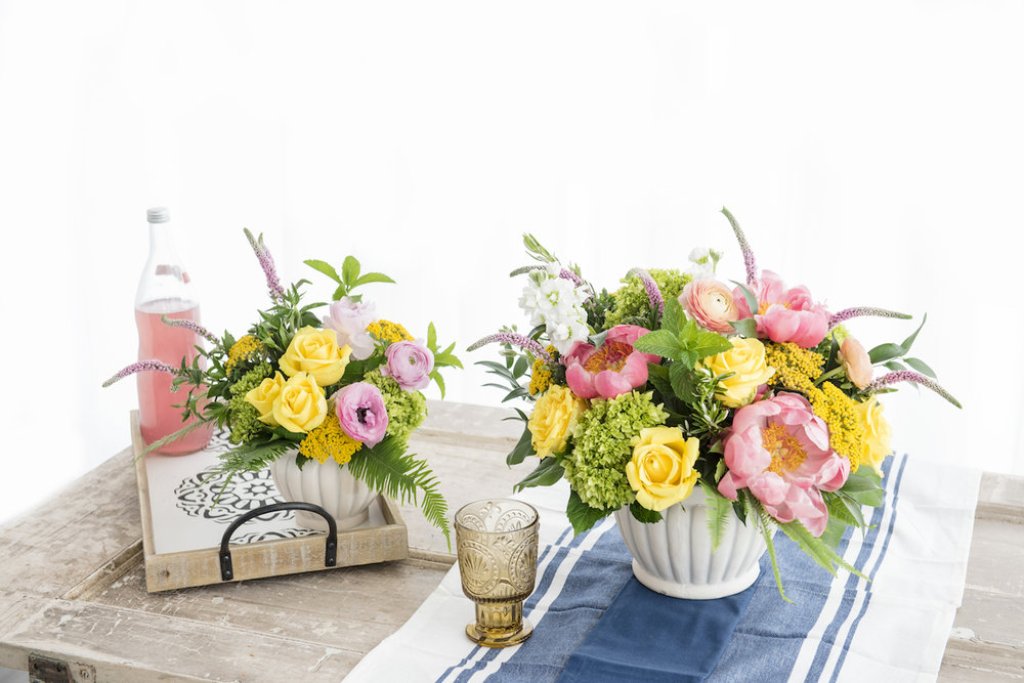
Dried Flowers – A Perspective of a Flourishing Industry
Dried flowers come as a smart alternative to fresh flowers and are looked upon as an economically significant industry. Given the fact, that fresh flowers only live for a short period, dried flowers lasts for over months, and some for over years as well. While you are looking to add a dash of elegance to your living spaces, dried flowers in the shape of fruits, pods, preserved leaves, deco balls and others has become a statement of choice for many. Besides, dried flowers are also constantly being used for interior decoration needs, as an additive to fresh flowers in bouquet designs and wall decor as well during occasions and festivities in tandem. As a matter of fact, the entire dry flower industry now reprints a promising segment of the floriculture industry and is responsible for more than 70 percent of entire exports. Interestingly, with increasing demand of dried flowers on a global scale, the market has also opened up employment opportunities for thousands of men and women. Being an industry that is wholesomely labour intensive, dry flower segment has opened up newer avenues of earning for the rural mass, thus contributing to the economy from a broader perspective.

Reportedly, the dry flower industry in India is more than 40 years old and holds great export value compared to other similar commodities. It all started in British occupied India owing to close proximity of north east, home to diverse and exotic blooms that were available naturally and n abundance. Since then, dry flowers became an essential part of exports from India across the seas spread over to different countries on a wide scale. Today, dried flowers market encompasses across countries like Australia, Russia, Japan, USA and a host of other European countries. Furthermore, dried flower export companies across West Bengal, Tamil Nadu, Hyderabad and Maharashtra are reportedly earning 10 times more return compare to domestic market for other commodities in the row. In India alone, the non availability of handful information on dried flowers has been a constraint in the way of promotion for the industry as a whole. The reasons aren’t too obscure to scan. For a good number of years , the focus has been on the quality of flowers that are widely appreciated as attractive ones, mostly the plants that are living and other plant parts to which floriculturists has been paying little to negligible amount of attention . As an obvious result, dry flowers remained an overlooked entity until now when they are being considered economically important, given their aesthetic beauty, which by far has been hugely discounted for no good reason. When you consider post harvest floriculture, there have been only a handful of researches funded publicly for drying and preserving activity of all materials ornamental. Upon sustaining such private funded researches and associated developmental activities, the findings failed to see the light of the day in order to help protect several investments. Thus, dry flowers, in spite of being a worthy component of the floriculture industry has been an object of debate and criticism for the techniques employed. When one comes to buy dried flowers in bulk, there are several techniques involved:
- Air dry
- Press dry
- Embedded dry
- Microwave dry
- Preservation
All these techniques cater to preservation of several different flowers like Sweet William, Zinnia, Rose, Marigold, Pansy, Stock, Chrysanthemum Freesia, etc. Also, not to miss out on several foliage types that includes Eucalyptus, Ferns, Aspidistra and more. Flower drying techniques are an integral part bestowing the very flavour that makes them stand out and hold individuality in the floriculture industry. With customers becoming more and more eco conscious, dried flowers today have become a potent element of environmental friendly option to fresh flowers and additionally a biodegradable alternative as well. As such, the use of dried flowers for multiple craft items like floral arrangements, greeting cards, landscaping, wall hangings, potpourris, calendars and others are on an increasing spree. To conclude, dried flowers are much more economic, eco friendly and a great biodegradable alternative that holds immense potential to change the very fabric of floriculture industry. Having said that, India having its roots in resplendent range of botanics contributes immensely for the industry to flourish.

Keeping in view the potential it holds, there seems to be an urgent need to further strengthen markets by seeking assistance from the government and facilitating entrepreneurship training at large. With a large number of women who are involved mostly in the labour intensive activities, this could be a great instance of empowerment as well.




